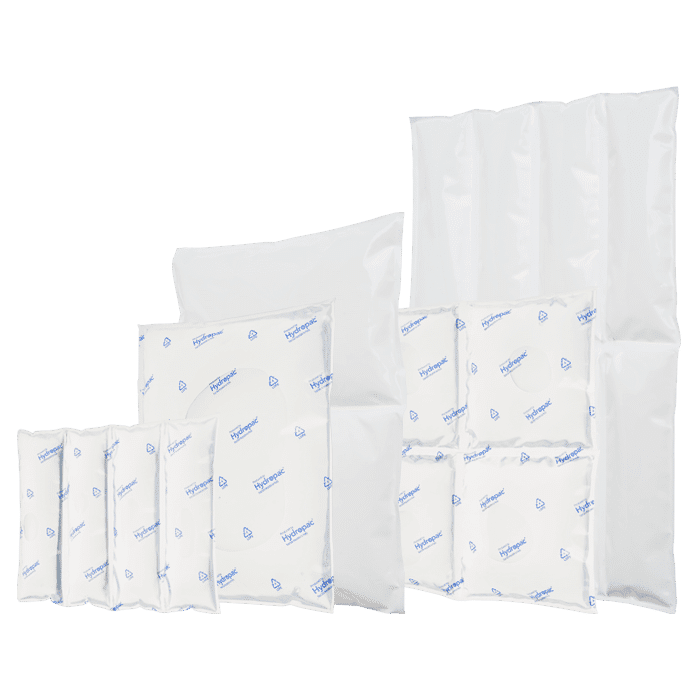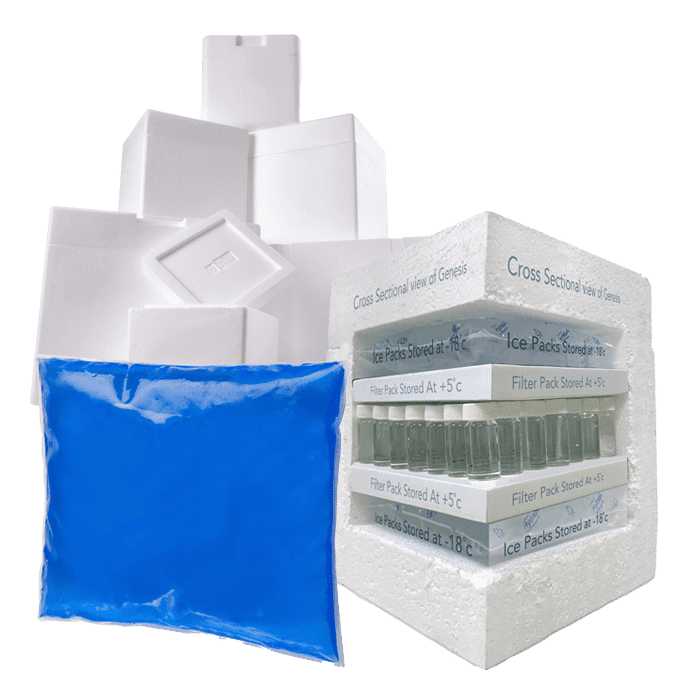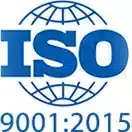Carbon and environmental impact labelling on food
Nutritional contents have been displayed on foodstuffs for over 25 years and it has become second nature for many people to check the sugar, fat, salt and calorie content of food and drinks before purchasing them. This level of information is not always enough for consumers anymore and there is a rising demand for another type of label on food packaging that shows the carbon footprint of the food; as climate change is becoming an increasing concern for consumers, they would like to know how they contribute to it. According to Foodsteps, 81% of British consumers would like to see carbon labelling on items before they make the decision to buy them.
What is Carbon Labelling?
“Carbon labelling” is the idea that labels should not only inform the consumer of what ingredients a product contains, but what it costs the planet to create it. Quorn has been one of the first major brands to introduce carbon labelling to their product packaging.
These new labels are certified by the Carbon Trust, and allow consumers to make informed decisions by giving them the necessary information about the food they are eating and the effect it has on the climate and the planet, in the same way that existing food packaging labels allow consumers to make informed decisions for their health.
Custom chilled solutions for you
Hydropac offers every customer a customized solution for chilled and conditioned shipping. For example, we help a customer with limited freezing capacity to deliver gel packs frozen and ready to use, and we can manufacture almost all shapes and sizes of cooling elements. As a customer, you come first: we are here to help you.
Carbon tracking for food in the UK
A UK food technology business, Foodsteps, has created a food impact database that helps business to calculate, reduce and label their food packaging to show the environmental impact of the contents. Foodsteps is the first UK-based firm to offer carbon tracking and labelling for caterers, restaurants and food businesses.
Foodsteps was created by Anya Doherty in response to the challenges faced by food businesses who are trying to improve their sustainability and reach net zero. She developed the labels with information from the world’s largest study conducted by Cambridge University, which she co-led, into carbon labelling. The labels were tested on 85,000 consumers initially and received positive feedback.
In the past, food businesses have had a lack of access to a standard database where they can easily find out the environmental impact of their ingredients and their recipes. This is one of the main reason’s why Tesco’s aim to integrate carbon labelling into the food sector in 2012 was not successful.
The Foodsteps database supplies businesses with breakthrough information that could encourage widespread carbon labelling across the industry if it is made mandatory by the UK Government. The database developed by Foodsteps covers over 1000 ingredients and incorporates not only the carbon footprint, but the pollution and water use of each ingredient.
How can you find out the carbon footprint of the foods you use?
Although the positive impacts of the Foodsteps database are allowing businesses to include the carbon footprint on their food packaging, there is still a long way to go until all food packaging shows the necessary information. Luckily there are many free online calculators to test the carbon footprint of different food ingredients and sauces.
A good example of a food carbon footprint calculator is the one created by My Emissions which provides carbon footprint results based on global averages. This can’t be used for commercial purposes, but it is still a useful guide for those looking to improve their carbon footprint. The calculator allows you to choose from a wide range of food categories, such as vegetables, dairy, confectionary, oils, sauces and much more. You can then select the food type from a drop-down list and then the servings and weight you will be using before calculating the food emissions.
Recognising the carbon emissions in food is a positive step towards sustainability and including carbon labelling on food packaging is an easy way for consumers to consider the impact they are making on the environment as an individual.
Sustainability Hydropac and CSR
Sustainability isn’t just a trend for us – it’s a promise. As we innovate, create, and lead, we keep our planet’s well-being at the forefront. With Hydropac, you’re not just preserving the quality of your cargo; you’re contributing to a healthier world.
Experience the power of sustainable temperature assurance with Hydropac – where excellence and environmental responsibility coexist for a brighter future.





